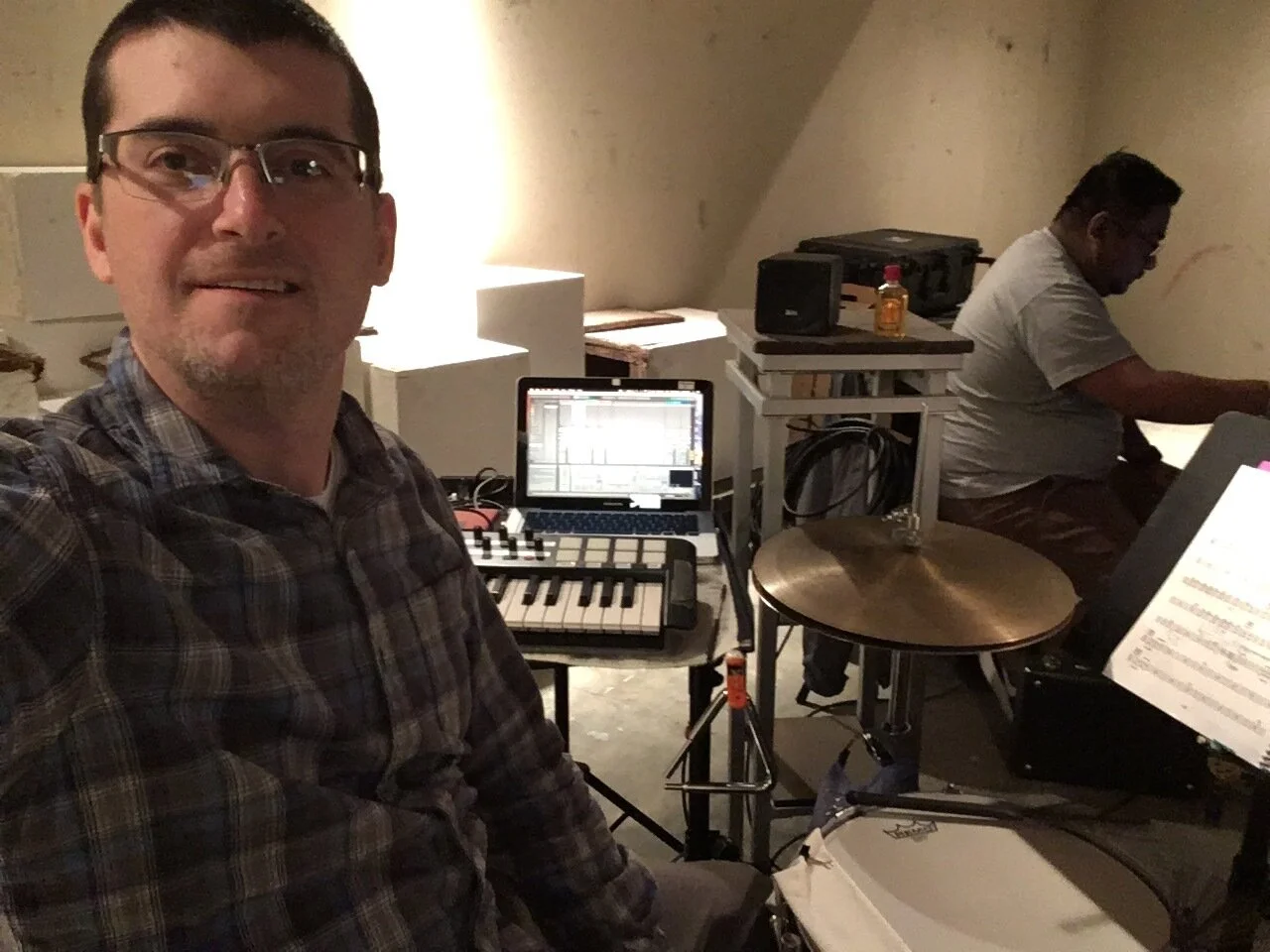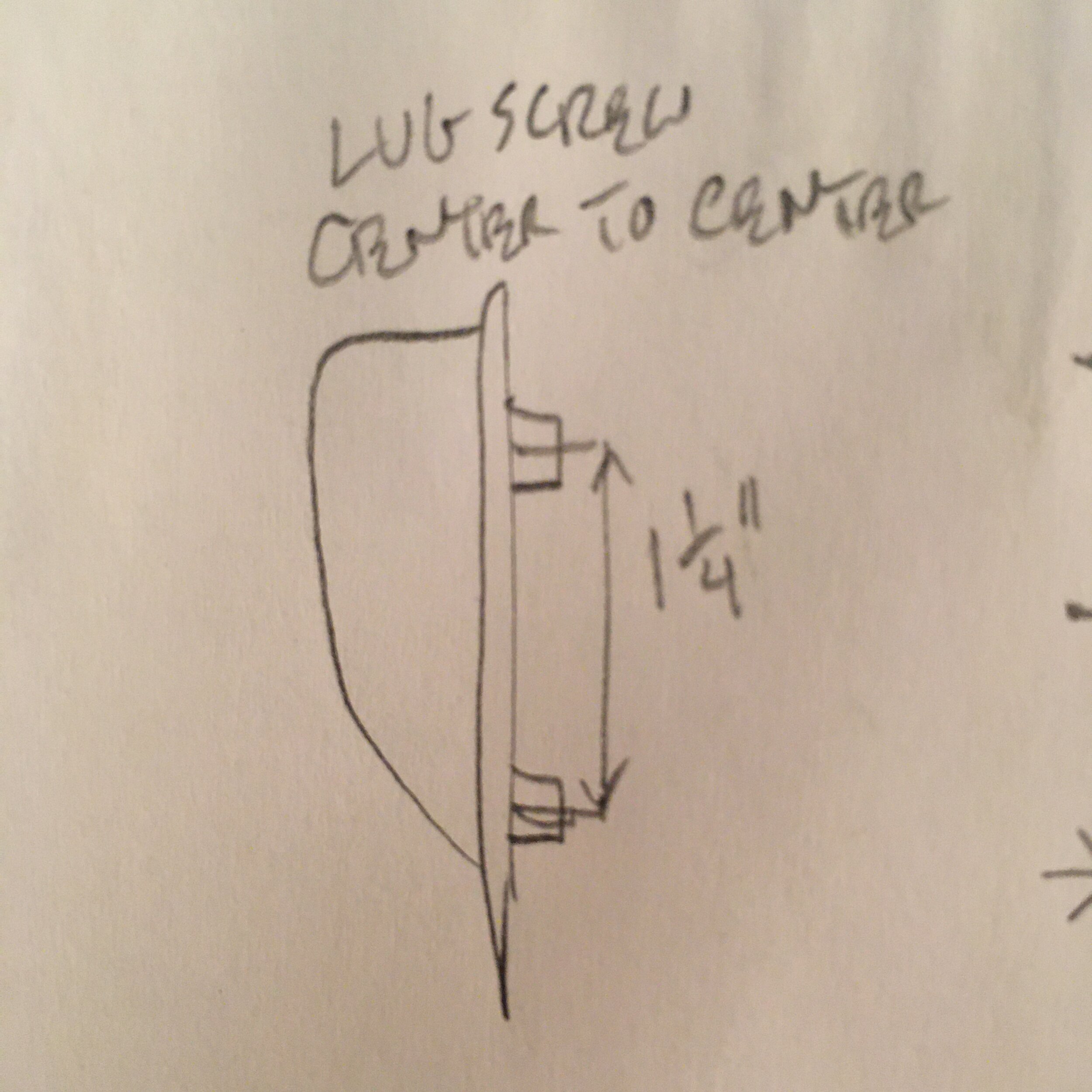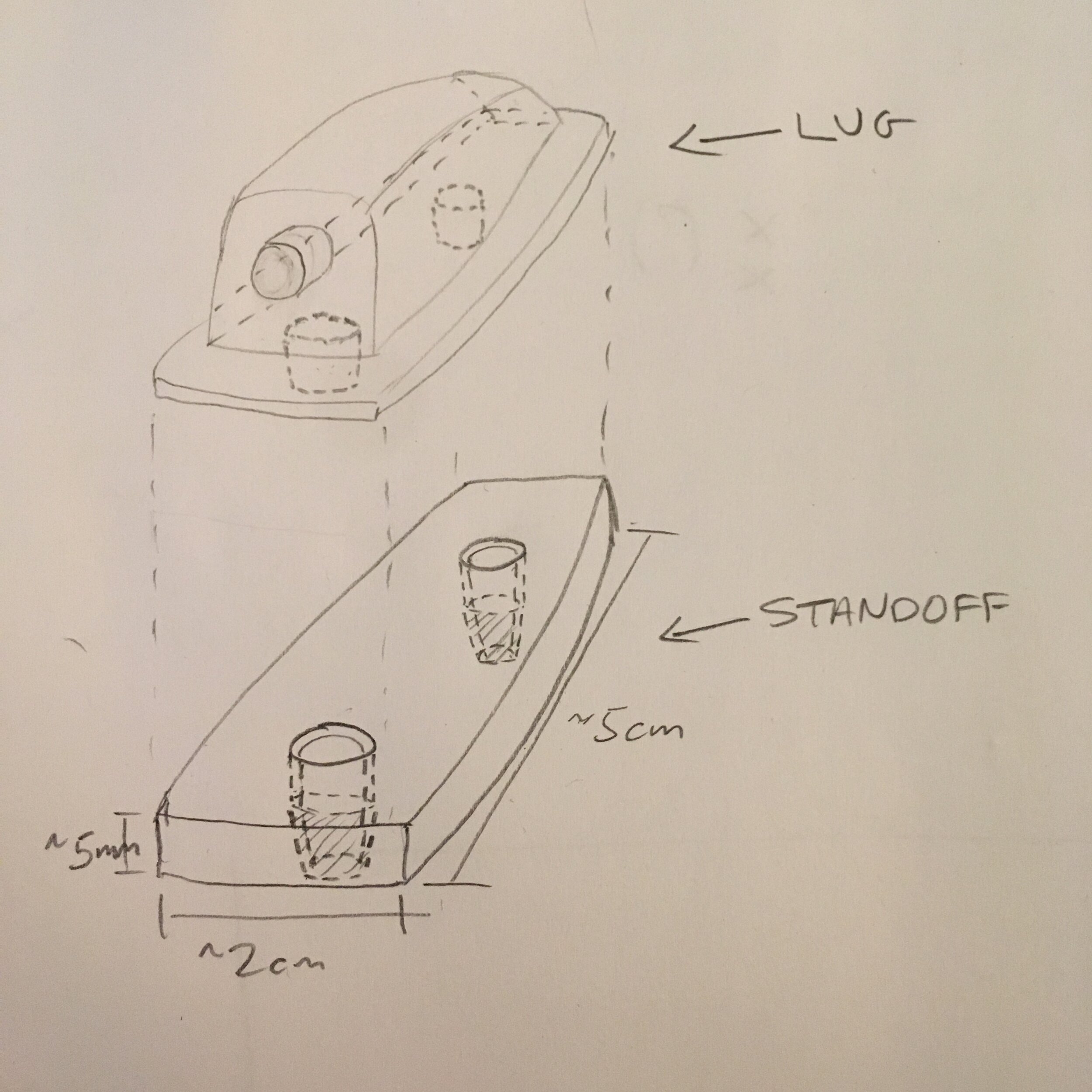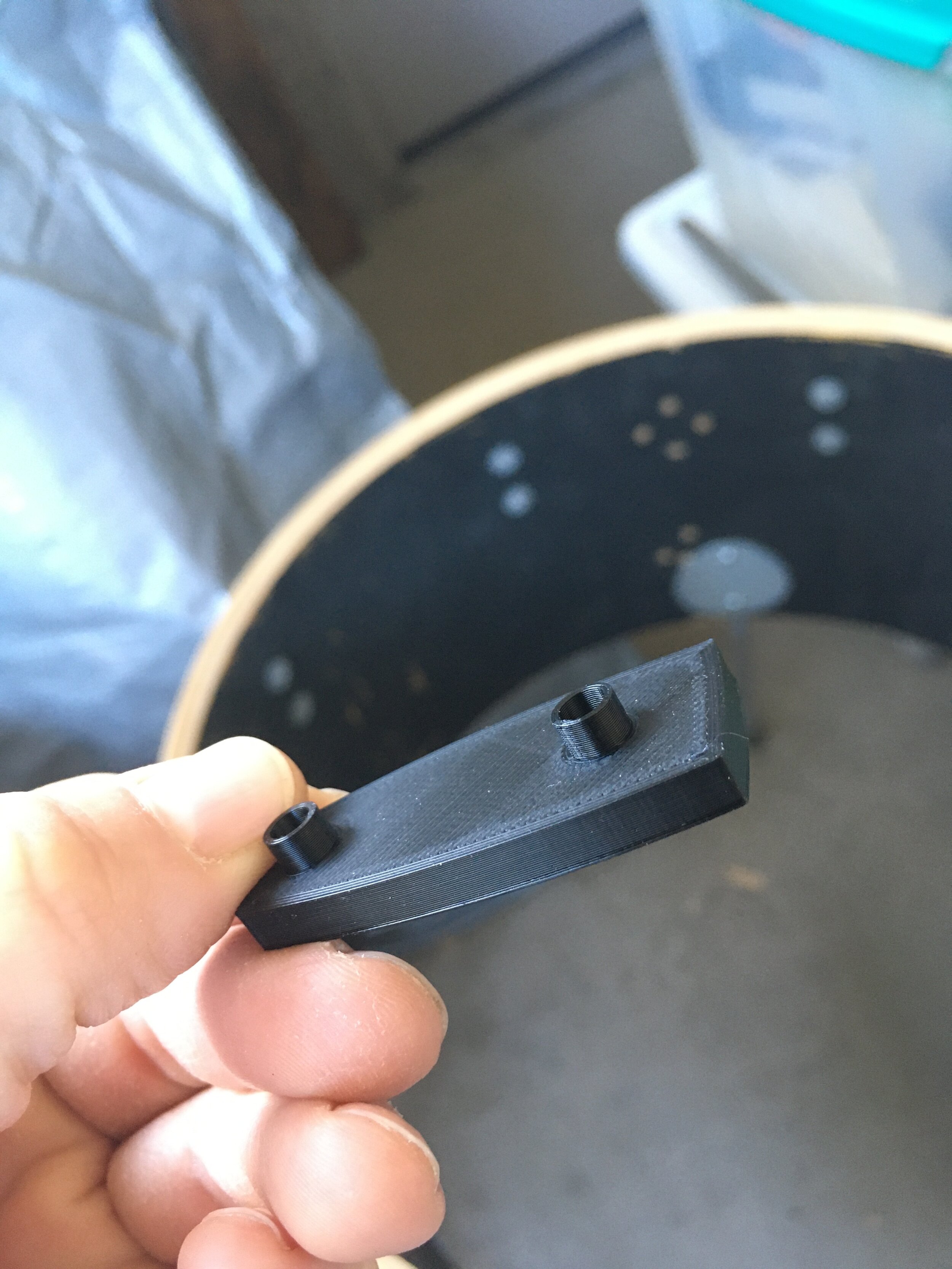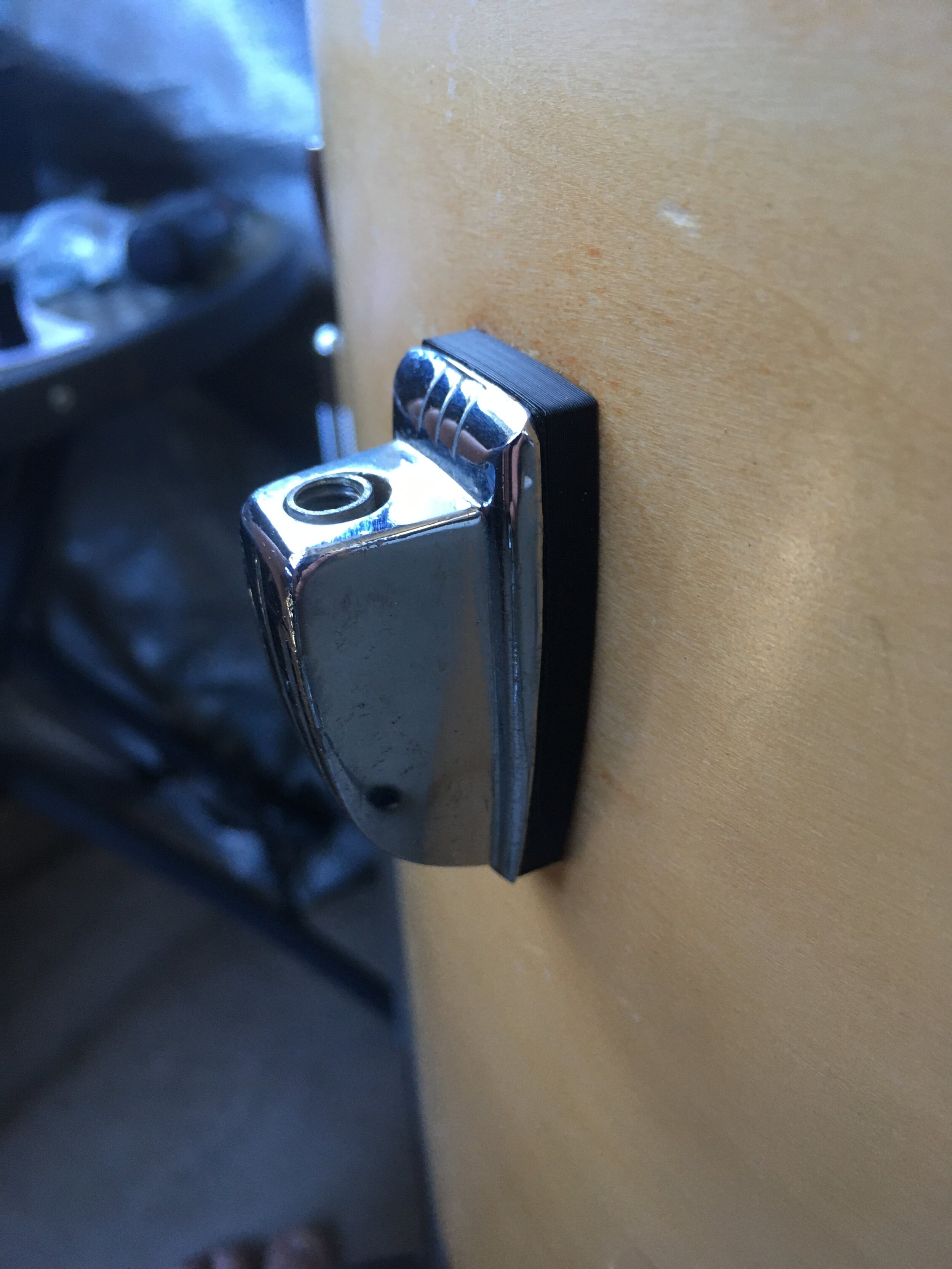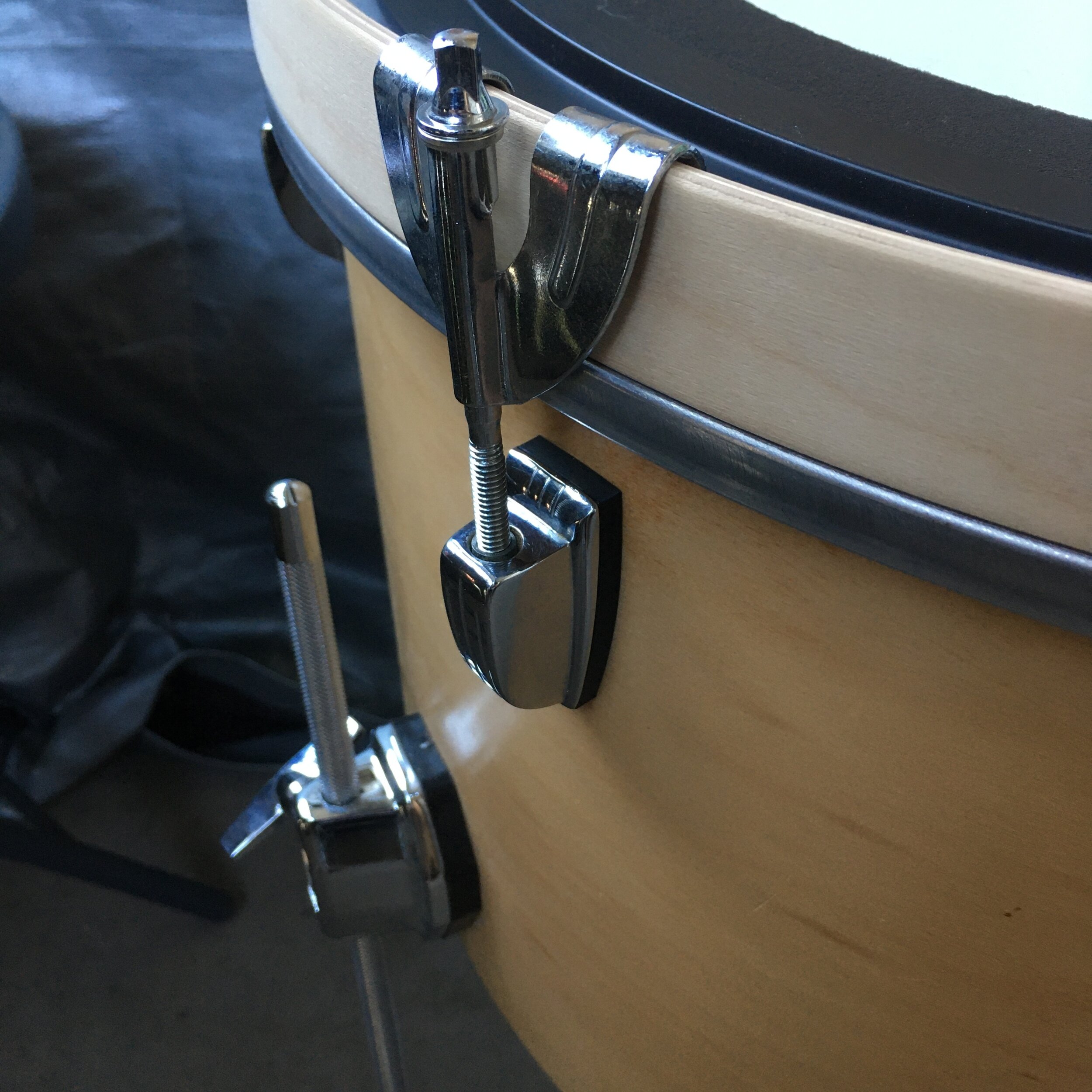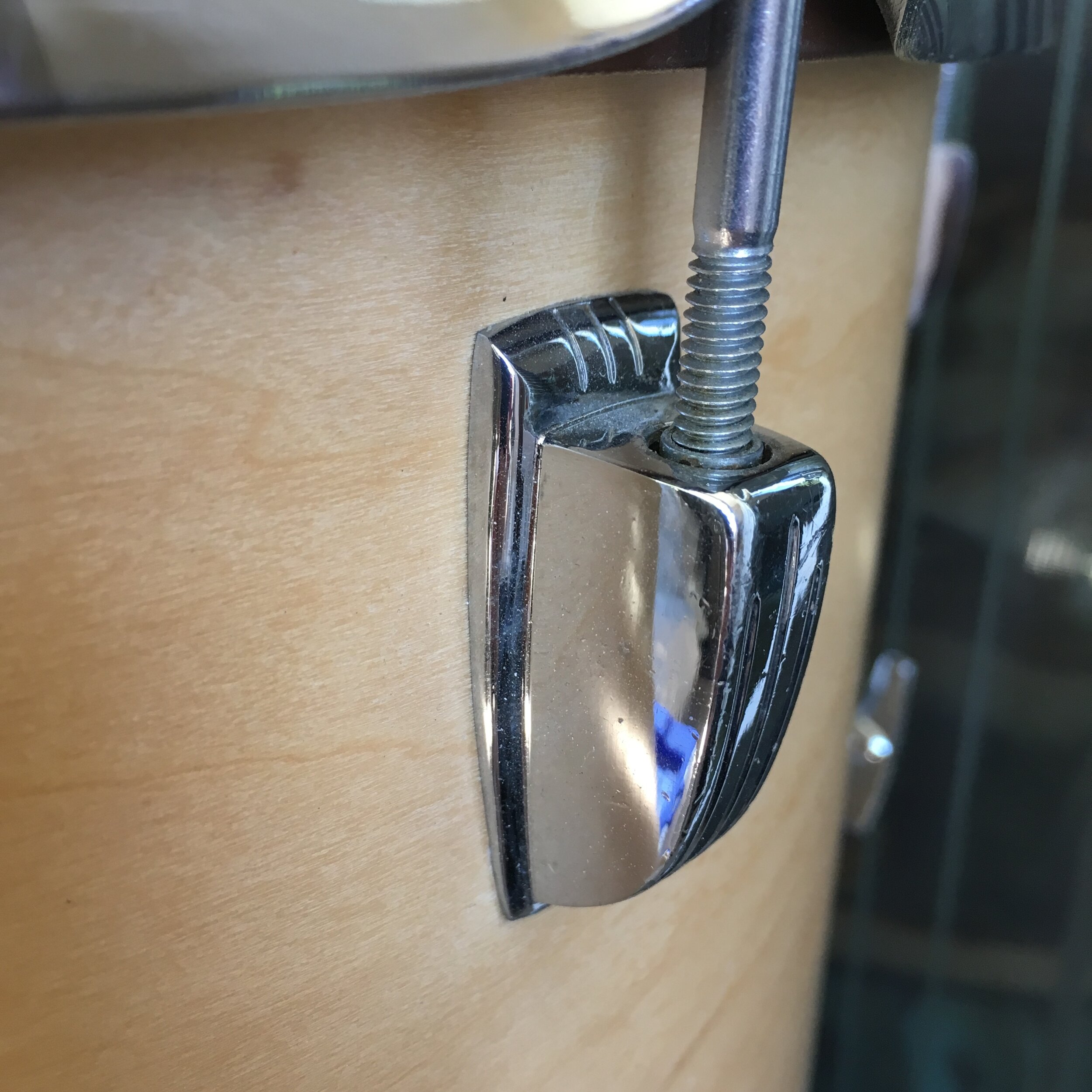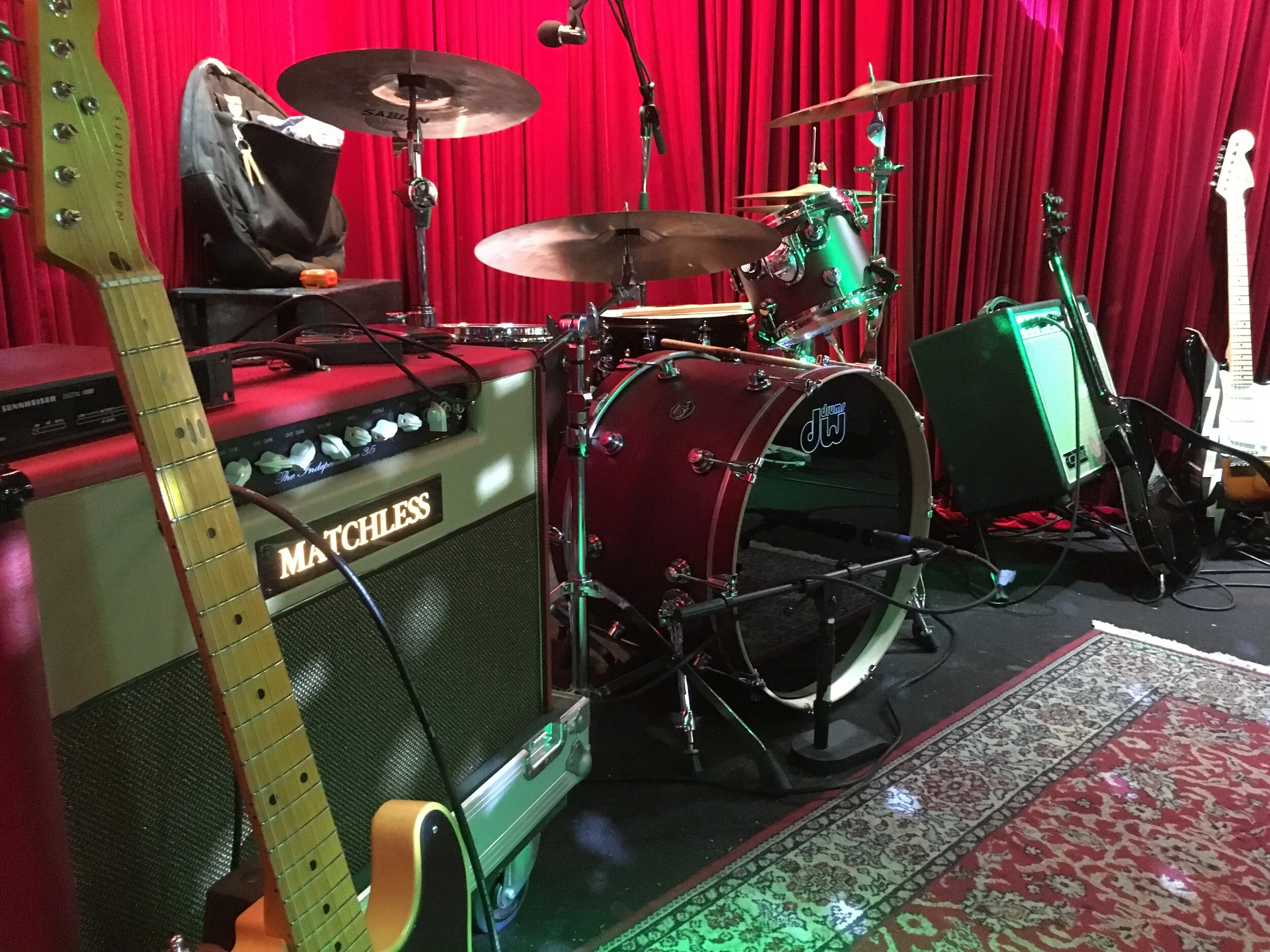I play drums in Bay Area band Droneyard.
New Piedmont Record!
Playing The Sound of Music with Broadway By The Bay
Upgrading My Snare Drums With Wood Hoops!
Converting a Floor Tom Into a Kick Drum
Some time in the late 90’s, I saved this single-headed, 18” maple Ludwig drum from the dumpster when my high school was getting rid of it. It’s a bit unusual, and I’m not sure whether it was originally a tom or bass drum. It had a regular triple-flange metal hoop and hardware to mount it on a stand or over-the-shoulder marching harness. In the years since, the drum has had a couple different lives. This is a “player” drum - Not a collector item by any means. Originally, I filled the mounting hardware holes and put Ludwig floor tom legs on it and used it as a kind of effect/floor tom. In 2016, I outfitted it with a set of electric guitar strings and a pickup, and and played it as a hybrid drum/electric guitar for a dance piece. I didn’t develop it much, so that experiment had limited success and musical usefulness.
Recently, I thought it would be cool to make it a convertible kick drum/horizontal bass drum. Here’s how I did it.
Drums are simple instruments. They’re basically a cylinder with a film stretched across one or both ends. That’s it. But for this idea to be a useful musical instrument, all kinds of specialized hardware has made its way in to drum design. There are a few things about bass drum hardware that make it different from regular drums. Probably the biggest is the hoop.
THE HOOP
I had an 18” “vintage” style 1.5 inch height maple hoop made by Shawn Ryan at Salt Drums in Fullerton, CA. With the hoop cut, round over, and bevel cut, it was about $65 shipped. I did a bit of shopping and this was the best deal I could find. I finished it with paste wax, like the shell, but it has had 20 years of aging, and is a bit darker.
A little background on bass drum hoops - On regular drum heads, the metal hoop, called the flesh hoop, fits pretty tightly to the outside of the drum shell, and the film of the drum head folds over the bearing edge at a fairly high angle. The flesh hoop on bass drum heads are a slightly larger diameter, and the film folds over at a lower angle. This allows the thicker film of bass heads to “seat” properly on the bearing edge at lower tension/pitch. It also keeps the head from from bulging or wrinkling, all of which improve the sound and tuning characteristics.
I got my bass drum hoop from Salt Drums, so I was set, right? Well, because bass drum head flesh hoops are larger, wooden bass drum hoops are larger than regular triple-flange drum hoops. In order for the tuning rods to properly fit the claw hooks, most manufacturers make special bass drum lugs which are taller or sit further away from the shell. I could buy some Ludwig bass drum lugs, but the spacing of the threaded sleeves which protrude from the bottom of the lugs are different than regular lugs, and I didn’t want to fill and re-drill holes in the shell.
This leads to the cool part of this project.
3D PRINTED LUG STANDOFFS
After some discussion with fellow drum DIYers on the Facebook Percussion MacGyver group, and with drummer/YouTuber David Raouf (rvdavidr), I decided I’d try 3D printing standoffs to position the lugs further away from the shell and in perfect position to receive the tuning rods. I took some measurements of the lugs and how far they would need to be elevated away from the shell (5mm). I gave a lug to Craig Paterson, who has a 3D printer. Craig did some measurements, and made a 3D model. After making a few prototypes, he printed all 8 standoffs, and they turned out beautifully. One challenge was including the positioning sleeves on the standoff. The standoffs are only 5mm thick, and the sleeves of the lug itself are almost that long, so the standoff sleeves would be mounted to a part of the standoff where the material is quite thin. As it turned out, it is very strong, and this ins’t a problem. Screws squeeze the standoff between the shell and the lug, and friction prevents shear force on the sleeves.
BEARING EDGE AND OTHER FINISHING DETAILS
When I first got this drum, I routed the bearing edge at 45 degrees, and sanded a VERY small roundover, basically so the bearing edge didn’t cut the head. This was OK for higher-tension tuning when the drum was set up as a tom (although still a bit extreme in that configuration), but to accomodate lower tension tuning such as in a bass drum, I cut a 3/8” roundover on the outside of the bearing edge.
I purchased “vintage Ludwig reproduction bass drum spurs” from Drum Factory Direct (DFD). They were under $20, and they fit perfectly in the floor tom leg brackets. I got a Dixson bass drum lift (I think Evans owns this now), and the drum simply sits on this.
I had a set of 8 butterfly-style claw hooks waiting for a project just like this one. I purchased and installed longer tuning rods. I think I have the original Ludwig badge and grommet. I will install it when I find it!






